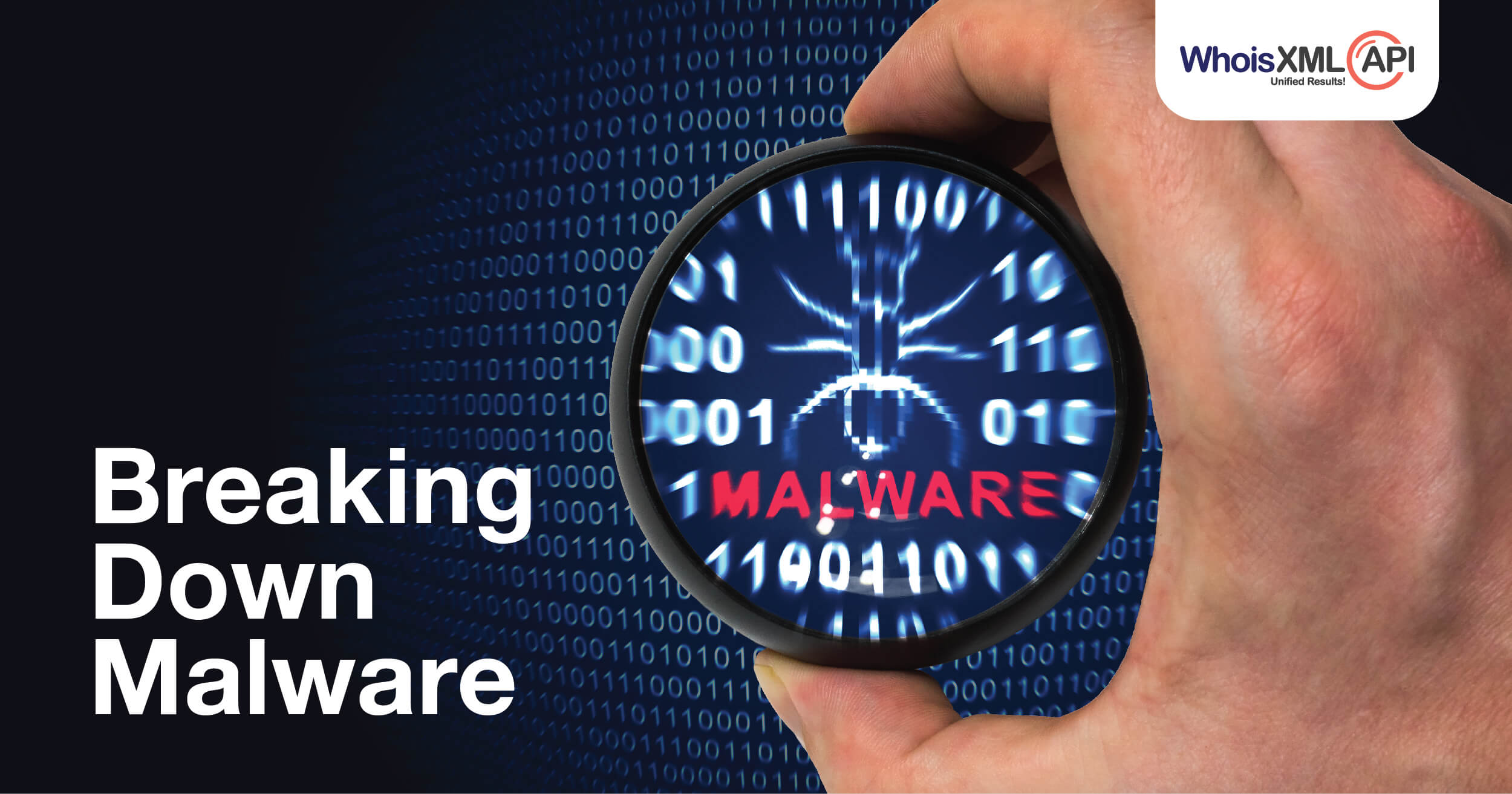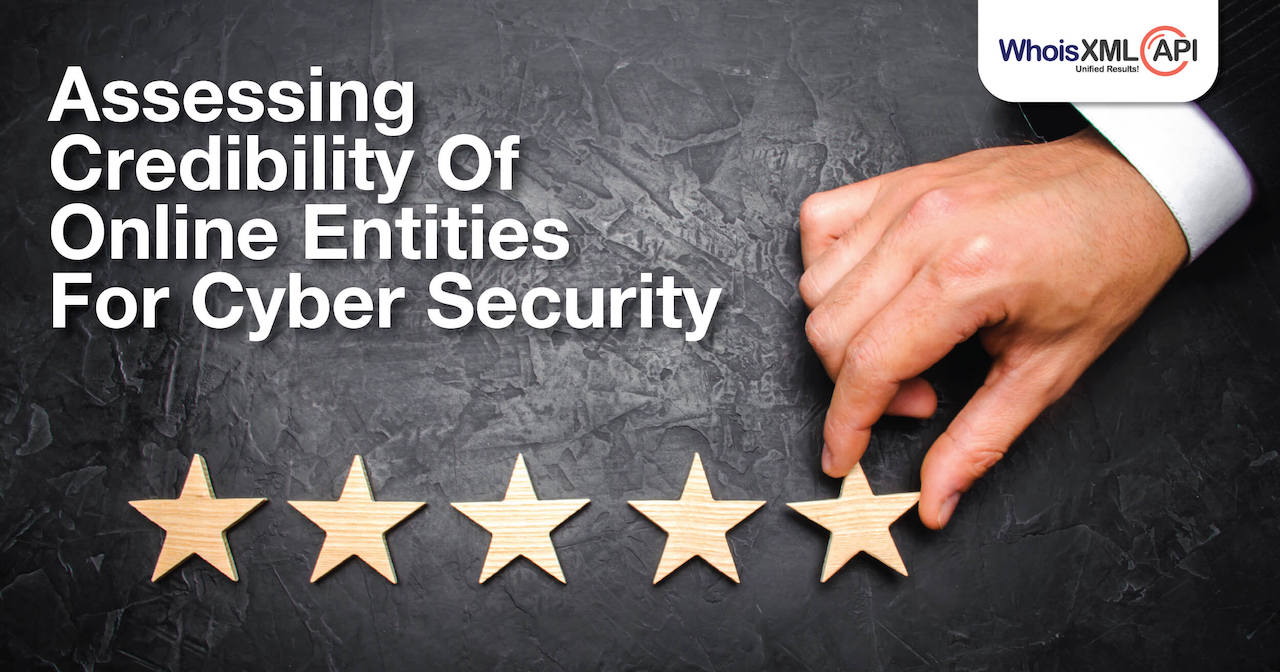How Brand and Domain Name Monitoring Can Counteract Cybersquatting
The Web is a huge and unregulated space made up of countless online content locations. There are more than 300 million active websites today with an additional 25 million registered each year. It’s only inevitable then that there will be intense competition between registrants and, therefore, demand for domain names, especially for those that use the most recognizable words and identifiers.
In fact, conflicts between trademark holders and domain registrants looking to own the rights to specific domains are common. Numerous disputed domains nowadays are registered either by accident or with the intent to gain money from those who are interested in them. This tactic is known as “cybersquatting,” which can have severe consequences for your brand if you don’t pay attention to it.












































